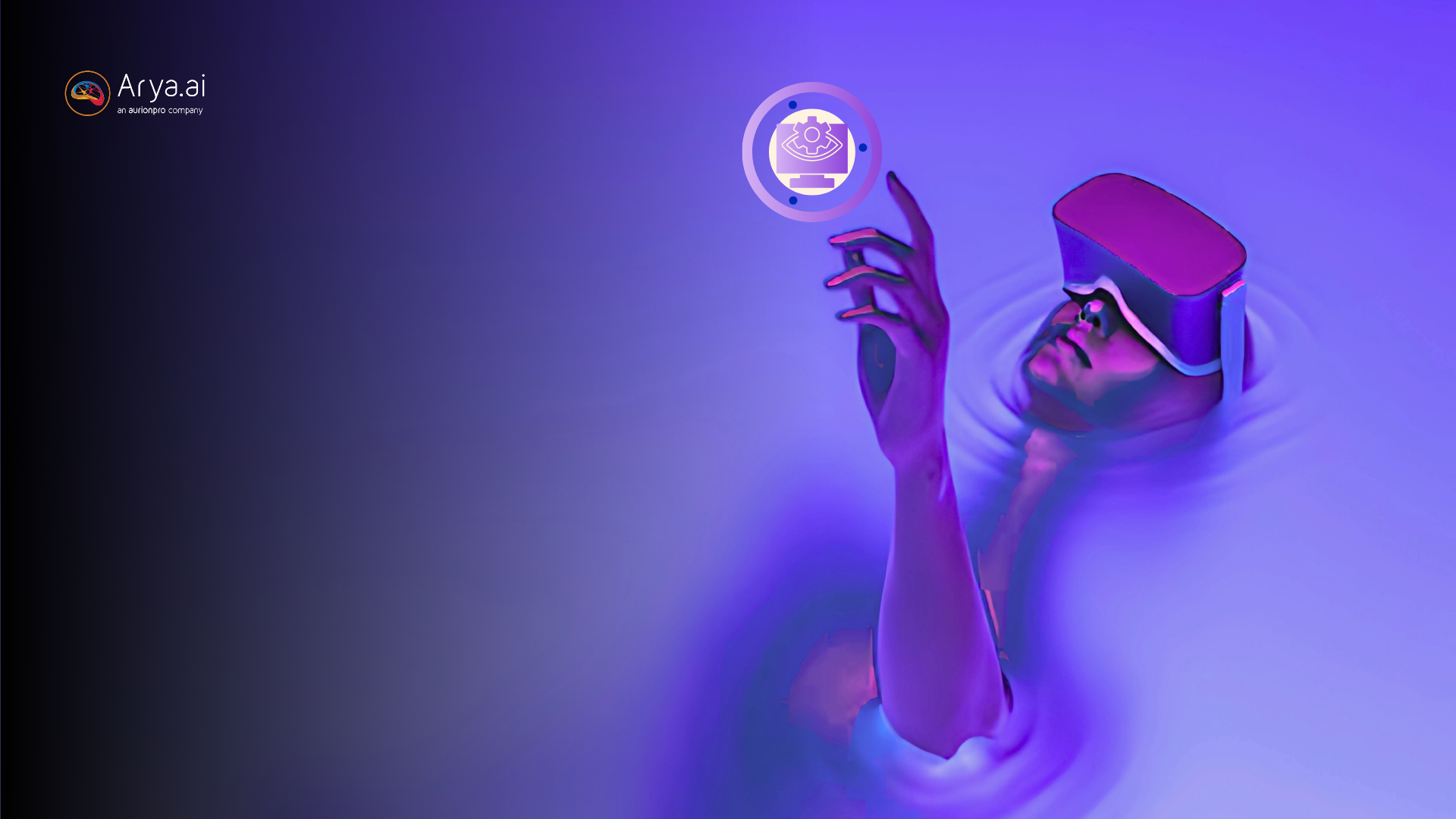
Computer Vision (teaching models to gather insights from digital images, videos, and other visual inputs) is a core enabler for automation, compliance, and operational intelligence in sectors from banking to manufacturing. According to Grand view research, the computer vision market is expected to reach $58.29 billion by 2030.
The choice of a Computer Vision API does not just boil down to the accuracy rates. It’s also about deployment flexibility, compliance with regional data laws, integration with existing AI stacks, and long-term ROI.
In this guide, we examine the Top 15 Computer Vision APIs for 2025 that have been designed for enterprise-grade AI agents and automation. We’ll break down each API’s technical strengths, enterprise use cases, and how they fit into a strategic AI roadmap.
What is a Computer Vision API?
A Computer Vision API is a software interface that allows applications to analyze, process, and interpret visual data, images, or video using pre-trained AI models. Unlike raw frameworks, APIs abstract the complexity of model training and deployment, enabling faster integration into production environments.
In enterprise contexts, a CV API can be the backbone for:
- Identity verification and fraud prevention
- Predictive maintenance through visual inspection
- Automated quality control in manufacturing
- Regulatory compliance in surveillance and monitoring
Why Enterprises Use Computer Vision APIs
Consider this: reviewing millions of ID documents manually isn’t sustainable. A Computer Vision API can process the same volume in real time, while humans focus only on exceptions.
And when regulators demand traceability, audit logs, or data localization, an enterprise-capable API should deliver that without reinventing infrastructure.
For CXOs, the question isn’t “what does this API do?”—it’s how does it change operational economics and risk? Key drivers include:
- Scalability – Handle millions of visual transactions daily without adding human review headcount.
- Compliance – Ensure GDPR, HIPAA, or regional privacy adherence.
- Interoperability – Integrate with CRM, ERP, or AI agent platforms without re-engineering.
- Cost Avoidance – Detect anomalies early, reduce fraud payouts, and minimize manual error.
Top 15 Computer Vision APIs in 2025
1. Arya.ai – Passive Face Liveness Detection
Best for: Secure, frictionless identity verification
Arya’s Passive Face Liveness API uses advanced 3D depth analysis and texture mapping to detect spoofing attempts from printed photos, masks, or deepfakes—without requiring the user to blink, nod, or perform actions.
Enterprise advantage: Zero-friction UX reduces onboarding drop-offs while meeting high-security thresholds for KYC compliance in BFSI and fintech.
Read more: Understanding Liveness Detection

2. Chooch AI
Best for: Edge AI deployments with offline capability
Supports object detection, facial recognition, and anomaly detection on edge devices.
Enterprise advantage: No constant internet connection required for inference.
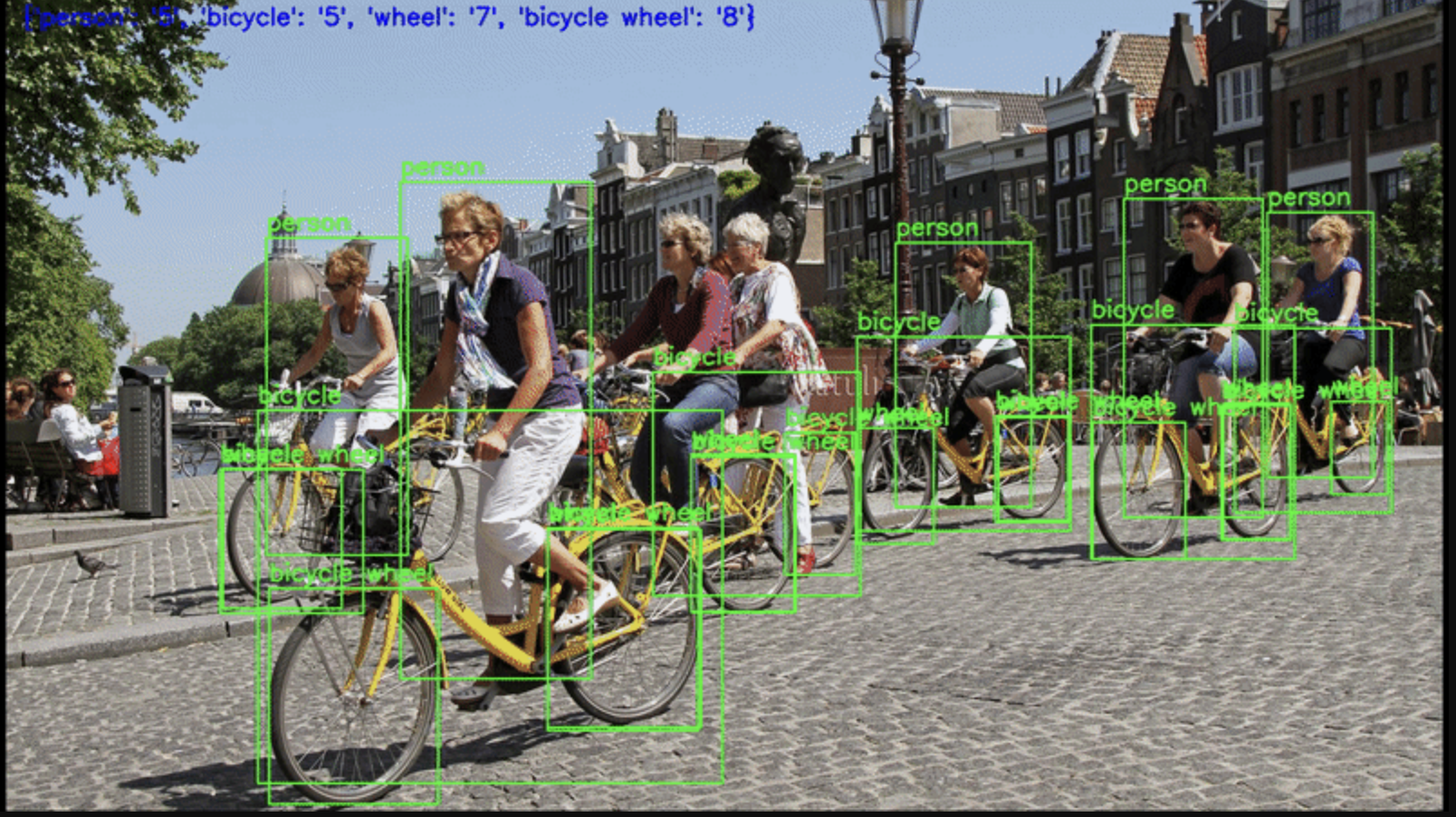
3. Amazon Rekognition
Best for: Large-scale image and video analytics in AWS-native environments
Provides facial analysis, object detection, text extraction, and activity recognition.
Enterprise advantage: Tight integration with AWS services, scalable pricing for large datasets.
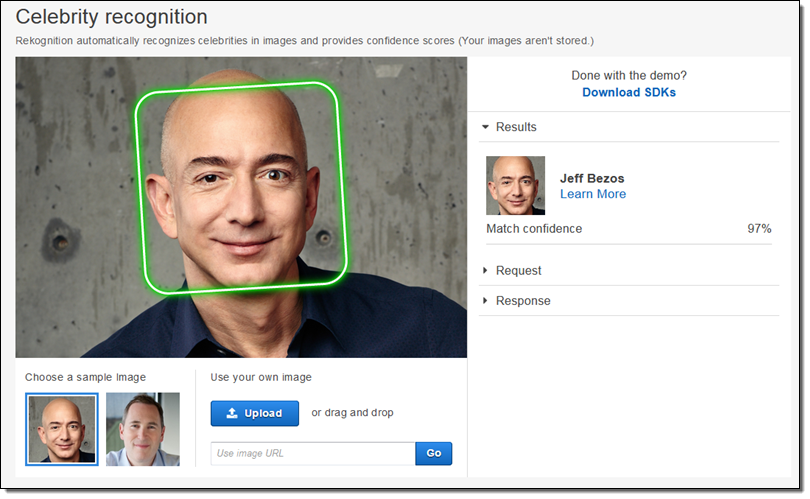
4. Arya.ai – Image Quality Analysis API
Best for: Automated QC in customer onboarding and document processing
This API evaluates images for focus, brightness, glare, and background compliance before they enter downstream workflows.
Enterprise advantage: Reduces downstream failure rates by filtering unusable images at the point of capture. Critical for large-scale onboarding in telecom or banking.
Read more: Improving Onboarding Efficiency with Image Quality Checks

5. Google Cloud Vision API
Best for: Multi-language OCR and label detection at a global scale
Integrates seamlessly with Google Cloud infrastructure, offering AutoML for custom models.
Enterprise advantage: Global infrastructure ensures low latency across regions.
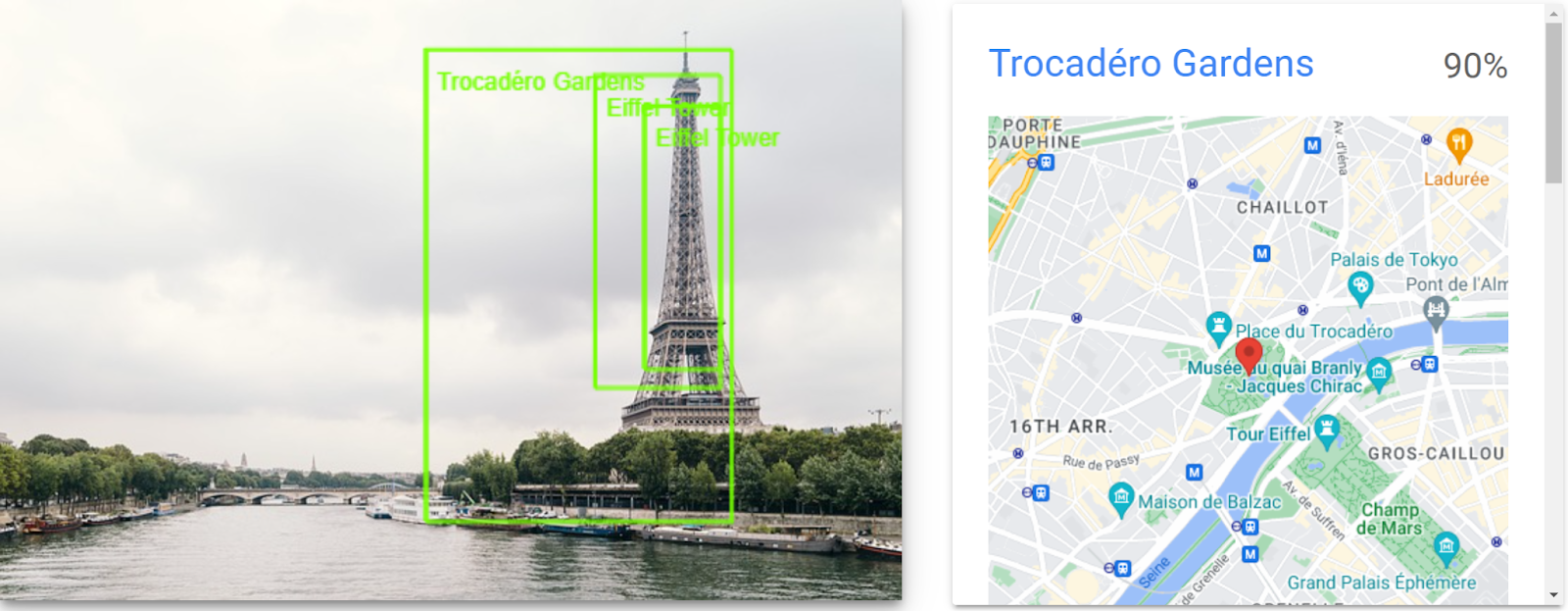
6. Arya.ai – Deepfake Detection
Best for: Detecting AI-generated and manipulated media in KYC and fraud prevention workflows
Arya’s Deepfake Detection API analyzes videos and images to identify signs of AI-generated or altered content, using frame-by-frame forensics and generative model artifact detection. It flags suspected deepfakes within milliseconds, even in low-resolution or compressed formats.
Enterprise advantage: Protects onboarding, claims, and compliance workflows from deepfake-based fraud without storing sensitive media—critical for BFSI, insurance, and government services.
Read more: Generative AI and Insurance Fraud: The Deepfake Threat Across Insurance Lines

7. Microsoft Azure Computer Vision
Best for: Enterprises with strong Microsoft ecosystem adoption
Supports OCR, object detection, spatial analysis, and video indexer capabilities.
Enterprise advantage: Built-in compliance certifications across industries.
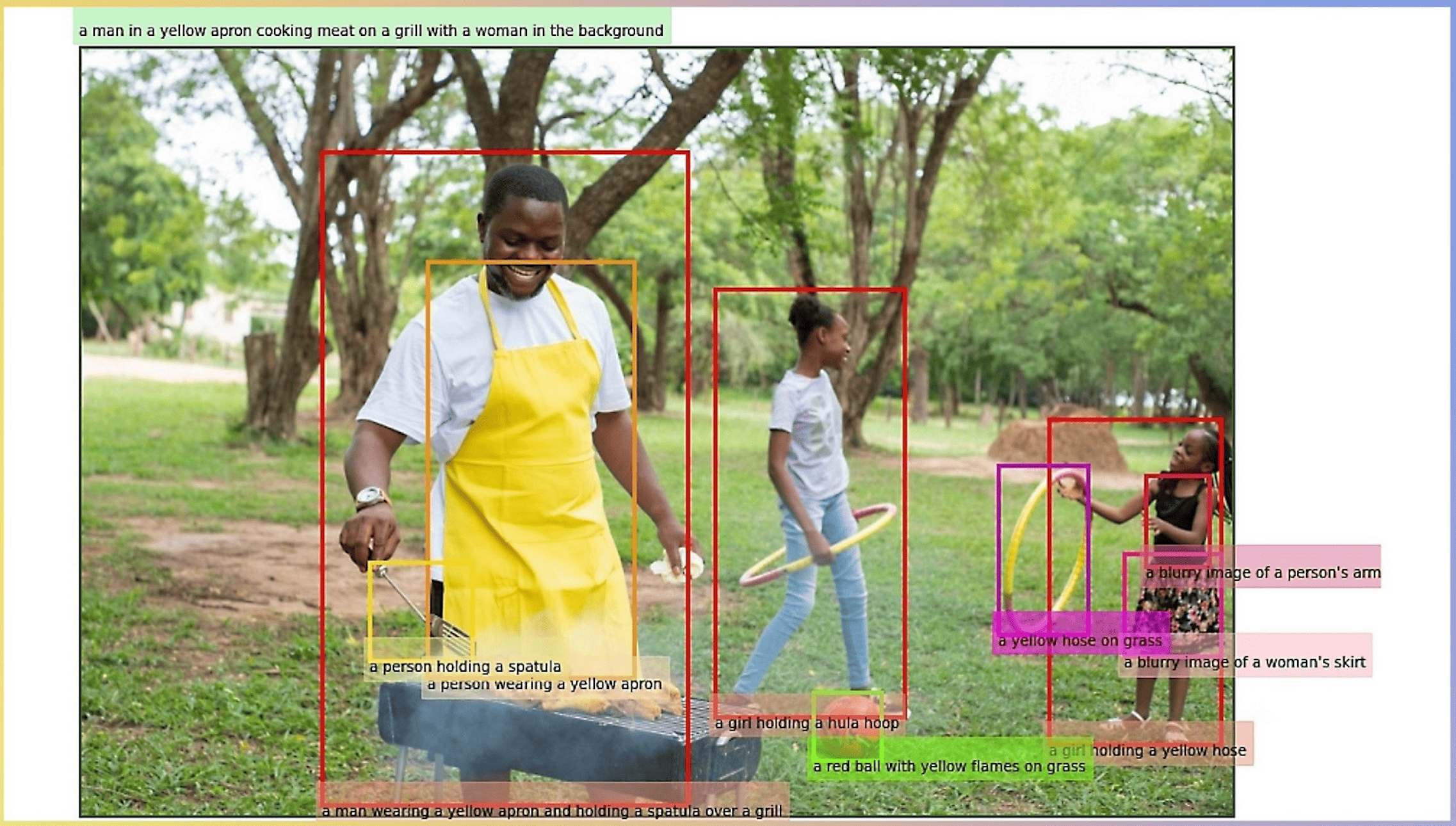
8. Arya.ai – Bank Statement Extraction
Best for: Automating financial data extraction at scale
Arya’s Bank Statement Extraction API converts unstructured bank statements into structured, machine-readable data across varying layouts, languages, and formats. Built-in data validation ensures extracted records are accurate, complete, and compliance-ready.
Enterprise advantage: Cuts manual review time by over 80%, accelerates loan processing, and ensures secure handling of sensitive financial records for BFSI and lending platforms.
Read more - Enhancing Workflow Automation with Advanced Bank Statement Extraction

9. Clarifai
Best for: Custom AI model deployment with flexible hosting
Offers both pre-trained and custom model options, including edge deployment.
Enterprise advantage: Domain-specific model training for retail, defense, and manufacturing.

10. Sighthound Cloud
Best for: License plate and vehicle recognition
Provides high-accuracy ALPR (automatic license plate recognition) and vehicle detection.
Enterprise advantage: Strong for transportation and smart city applications.
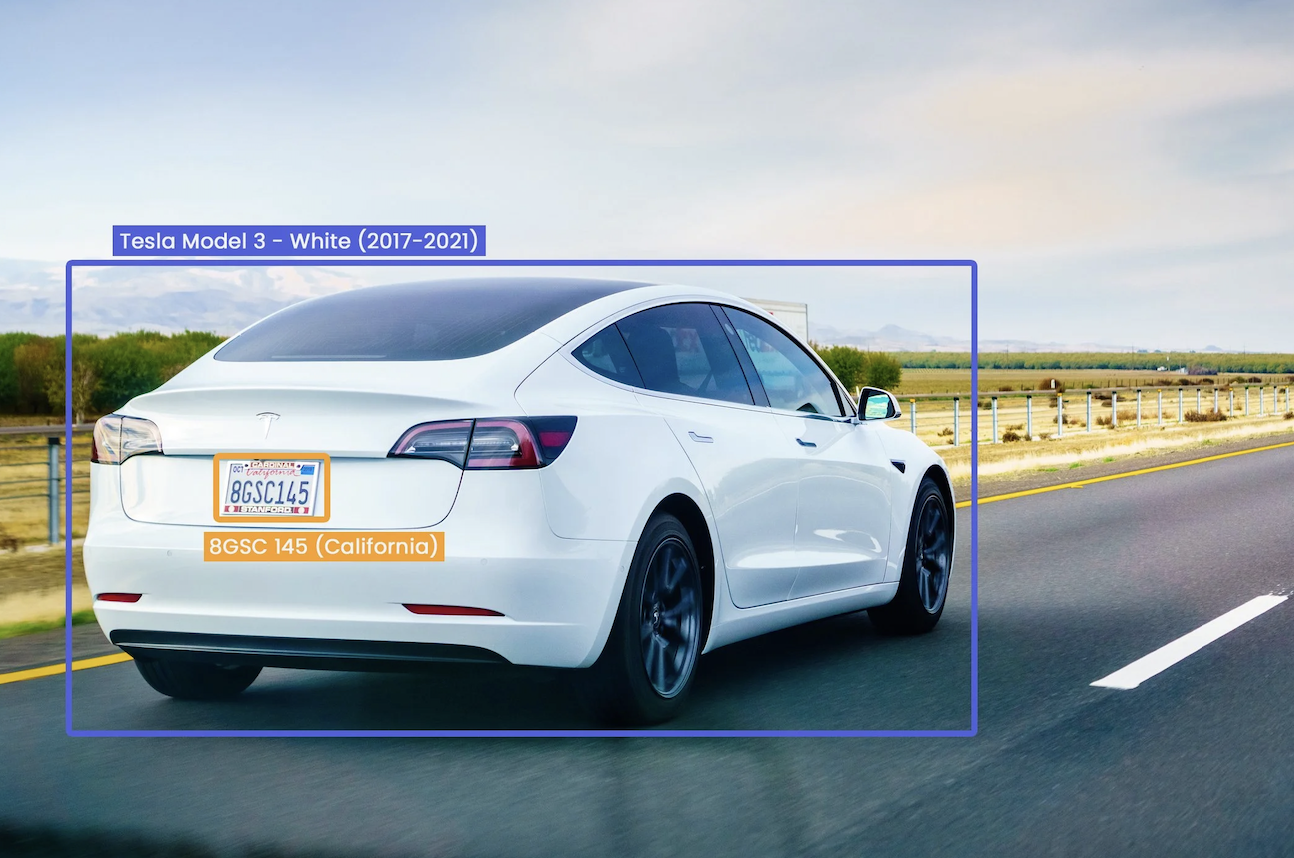
11. Arya.ai – Document Fraud Detection
Best for: Identifying tampered or forged documents in regulated industries
Arya’s Document Fraud Detection API inspects images and PDFs for pixel-level inconsistencies, metadata anomalies, and evidence of digital manipulation. It works with both scanned and photographed documents, even when they’ve been reprinted or rescanned.
Enterprise advantage: Reduces financial and reputational risk by detecting document fraud early in onboarding, claims, and compliance workflows.
Read more - Document Fraud: Guide + The Role of AI
.gif)
12. IBM Watson Visual Recognition
Best for: Regulated industries needing explainable AI models
Provides tools for custom classifier training with transparent model interpretability.
Enterprise advantage: On-premise deployment for sensitive data.
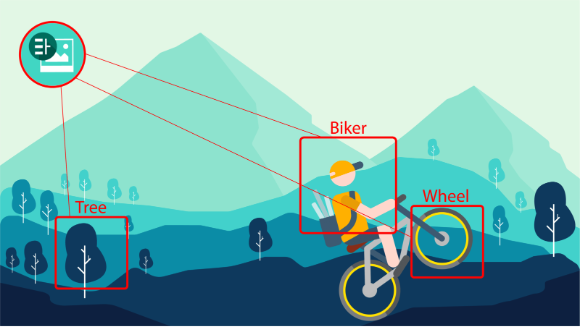
13. Sightengine
Best for: Content moderation at scale
Detects nudity, violence, and other policy-violating visuals in real-time.
Enterprise advantage: Low-latency API suited for user-generated content platforms.

14. Ximilar
Best for: Visual search and product tagging in e-commerce
Supports reverse image search and automatic categorization for retail catalogs.
Enterprise advantage: API fine-tuned for fashion, home decor, and industrial parts.
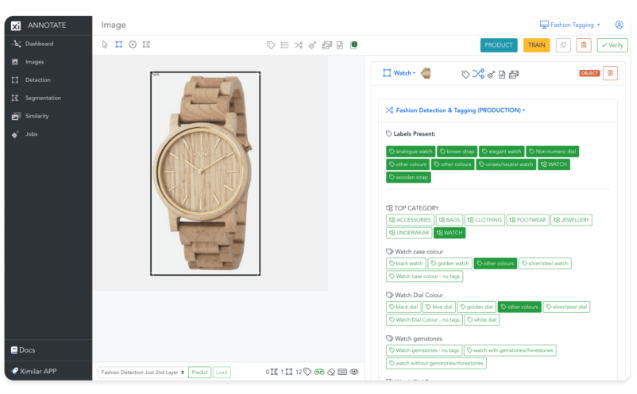
15. Roboflow
Best for: Rapid model prototyping and dataset management
Helps teams prepare, annotate, and deploy computer vision models quickly.
Enterprise advantage: Strong collaborative dataset tooling for AI teams.
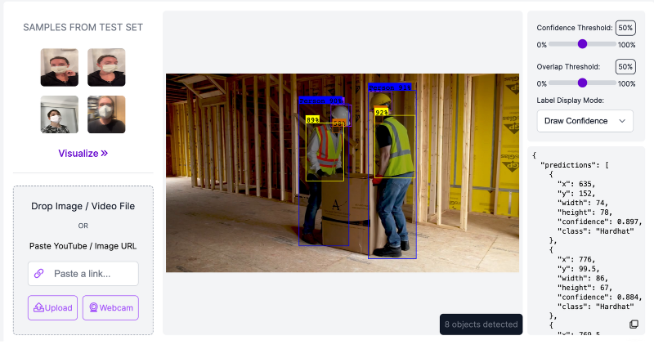
How to Choose the Right Computer Vision API
Think of this as selecting a long-term technology enabler—not just a feature provider. Measure candidates against:
- Domain Accuracy – Request performance data against your datasets, not generic public benchmarks.
- Compliance & Control – Data storage, encryption, and audit logs must meet your legal and governance policies.
- Speed to Integration – If your engineers can’t deploy it quickly with robust SDKs or API docs, it’s a risk.
- Vendor Continuity – Are they supported, documented, evolving? Your architecture may depend on it for years.
Conclusion
Computer Vision APIs are not commodities; they’re strategic enablers. The right choice will determine not just operational efficiency, but regulatory safety and competitive advantage. Arya.ai’s Apex APIs are purpose-built for enterprises needing compliance-ready, high-accuracy vision intelligence that integrates seamlessly with broader AI ecosystems.





.png)





.png)

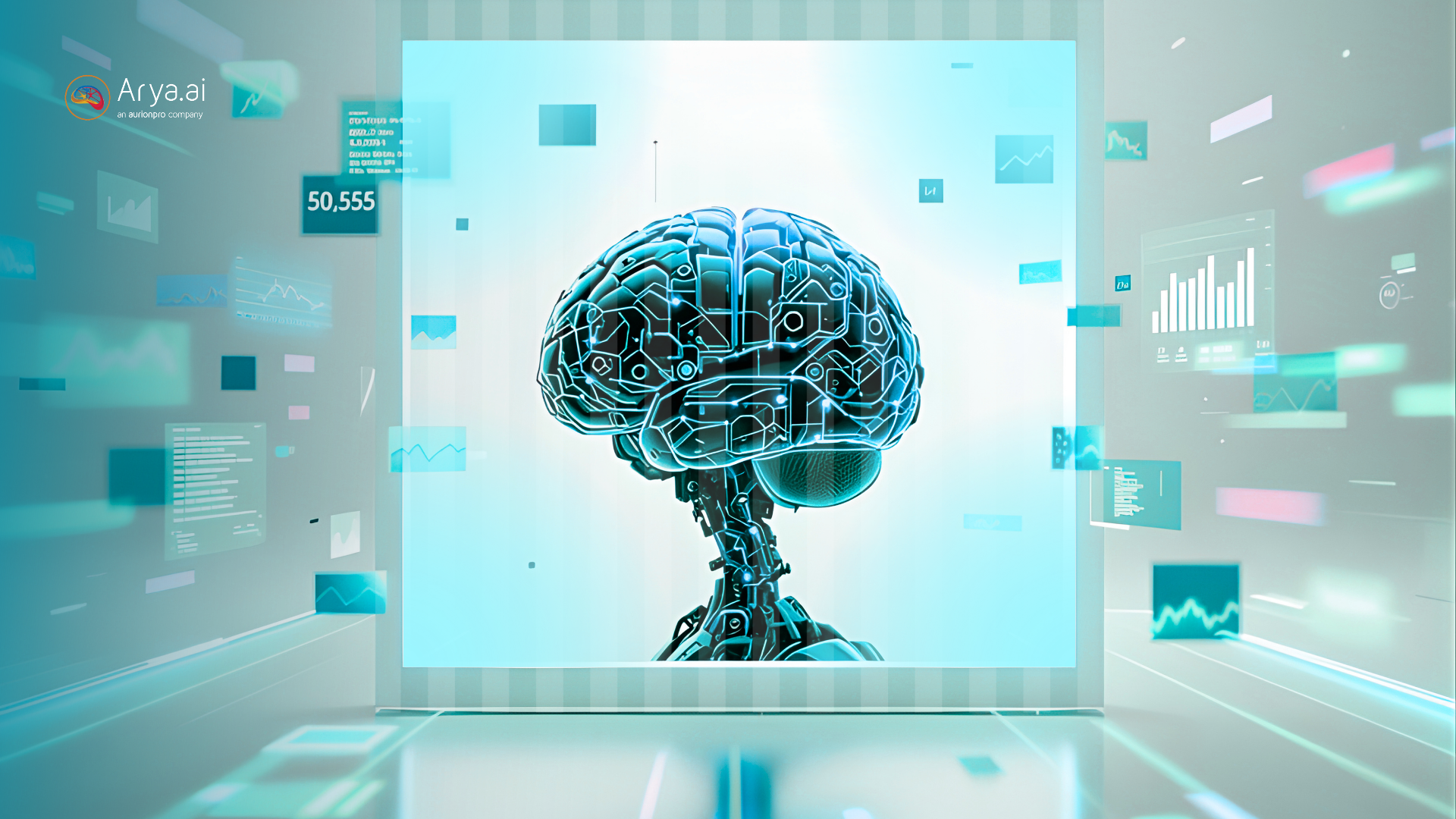


.png)
.svg)


